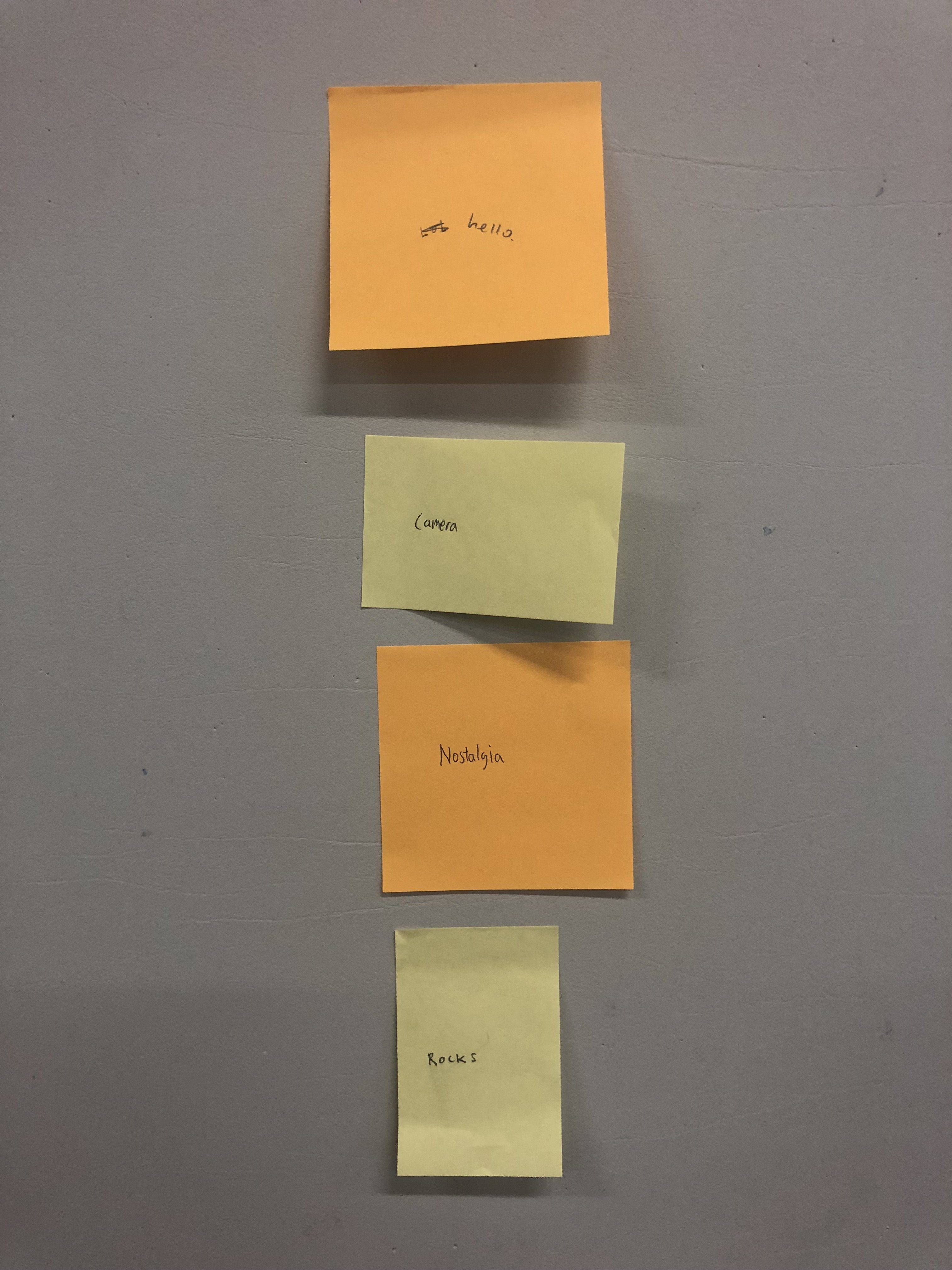THE DEAN
-
an imagined state or society in which there is great suffering or injustice, typically one that is totalitarian or post-apocalyptic.

THEMES AND CONCEPTS EXPLORED
Medicine
I wanted to explore the influence that large pharmaceutical companies have on the world today. It is an industry worth more than a trillion USD. With capitalist ideals and machinery propelling the medical industry, I believe we risk a day where our bodies and what we consume become legislation.
I think that would be a terrifying place for the world to be in. Our minds and spirits are so dependant already on what we consume. Fatty foods boost our dopamine response, coffee spikes our adrenaline levels.
I posit that science will one day progress to a point where a perfect drug is developed to regulate human happiness. What then?

From wikipedia:
The term Big Pharma is used to refer collectively to the global pharmaceutical industry. According to Steve Novella the term has come to connote a demonized form of the pharmaceutical industry. Professor of writing Robert Blaskiewicz has written that conspiracy theorists use the term Big Pharma as “shorthand for an abstract entity comprising corporations, regulators, NGOs, politicians, and often physicians, all with a finger in the trillion-dollar prescription pharmaceutical pie”.
Education and artificial intelligence
Additionally, I wished to explore the impact that artificial intelligence would have on the education systems of the world. In a world that is becoming increasingly centralised and automated, would the act of teaching one day be left in the hands of machines?
SYNOPSIS
It is the year 2028, pharmaceutical companies have taken over governments and institutions. A university student is called into the principal’s office because she is being ostracised for not taking her drugs.
When questioned about the wisdom of her decision, the student questions the principal about the truthfulness of the emotions that the Principal feels on a day to day basis when influenced by the pill.

SCRIPT





SHOTLIST
|
‘The Dean’ Shotlist Day 1 |
||||
| No | Description | Shot size | Performance notes | Technical notes |
|
1 |
Veryn walking to the Dean’s office | MCU | Slow motion. 100 FPS | |
|
2 |
Veryn waiting and fidgeting outside the door | MS | Must fidget with forearms to foreshadow self-arm scars | |
|
3 |
Veryn entering the Dean’s office and sitting opposite the Dean | WS | ||
|
4 |
Veryn poking her head through the office door | CU | ||
|
5 |
The Dean speaking | MCU | ||
|
6 |
Veryn speaking | MCU | ||
|
7 |
The Dean speaking | CU | ||
|
8 |
Veryn speaking | CU | To cry at line- “Why Caleb?” | |
|
9 |
The Dean being threatening | Frontal CU | ||
|
10 |
Veryn being terrified | Frontal CU | ||
|
11 |
Veryn walking away from the office eventually smiling to herself | MCU | Slow motion. 100 fps | |
|
12 |
INSERT-
Activating the EMP device |
CU | ||
|
13 |
Veryn sits alone in the dark office | WS | ||
THE FINAL WORK
Additional link:
https://drive.google.com/open?id=1qr7XPlLHVhW_aYk2p0Bm45Hw4QnA3o7n
PARTING THOUGHTS
As we consider our artmaking, I think it is important for us to not just attempt to reflect to truth of the present, but the possibilities and chaos that the future might bring.
It is by bringing the story to page, screen or canvas that we might raise awareness and provoke thought about these matters that loom over our head.
All in all, this assignment was an excellent way to round of the module and the semester as a whole. Now with the period of experimentation drawing to a close, I am excited to apply my newfound skill and insight for my future works.
















